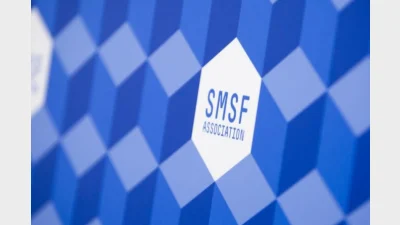Is SMSF sector consolidating?


Consolidation is occurring within the Self-Managed Superannuation Funds (SMSF) sector, according to the latest benchmark analysis provided by specialist SMSF administrator, Class.
The company’s latest analysis said that while small firms, those with less than 25 SMSFs, were still a significant subscriber category in the company’s platform, a typical small SMSF practice was now between 24 and 100 hundred funds.
“The SMSF industry is consolidating and we would expect that per centage to decrease over time,” it said.
The benchmark report also pointed to there being a continuing significant difference between the average balances of members in SMSFs with just two members, with the first member having almost double the assets of the second.
However, it said it expected that this disparity would reduce now that superannuation policy changes had placed tighter restrictions around member contributions and balances.
It said that as a group, member currently had 32 per cent more assets than women and their average balance was 21 per cent higher.
The Class benchmark report also claimed that it was wrong to assert that SMSFs were under-invested in international assets when compared to Australian Prudential Regulation Authority (APRA) funds, because such claims failed to take account of managed fund exposures.
Recommended for you
The impact of identity theft and its threat to superannuation savings were highlighted in a case that went before the Federal Court at the end of 2023.
A recent NSW Supreme Court decision is an important reminder that while super funds may be subject to restrictive superannuation and tax laws, in essence they are still a trust and subject to equitable and common law claims, says a legal expert.
New research from the University of Adelaide has found SMSFs outperformed APRA funds by more than 4 per cent in 2021–22.
The SMSF Association has made a number of policy recommendations for the superannuation sector in its pre-budget submission to the government.












